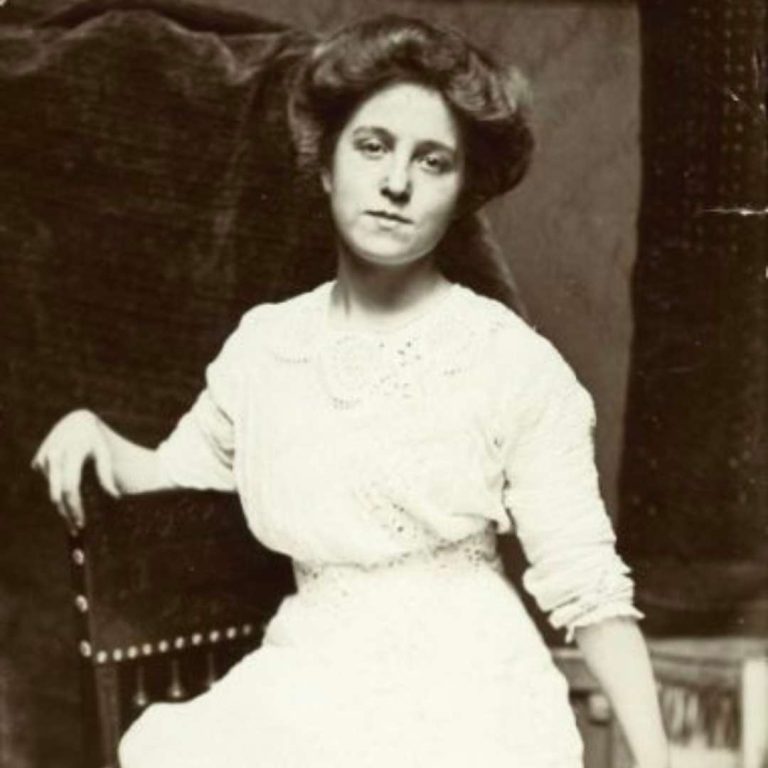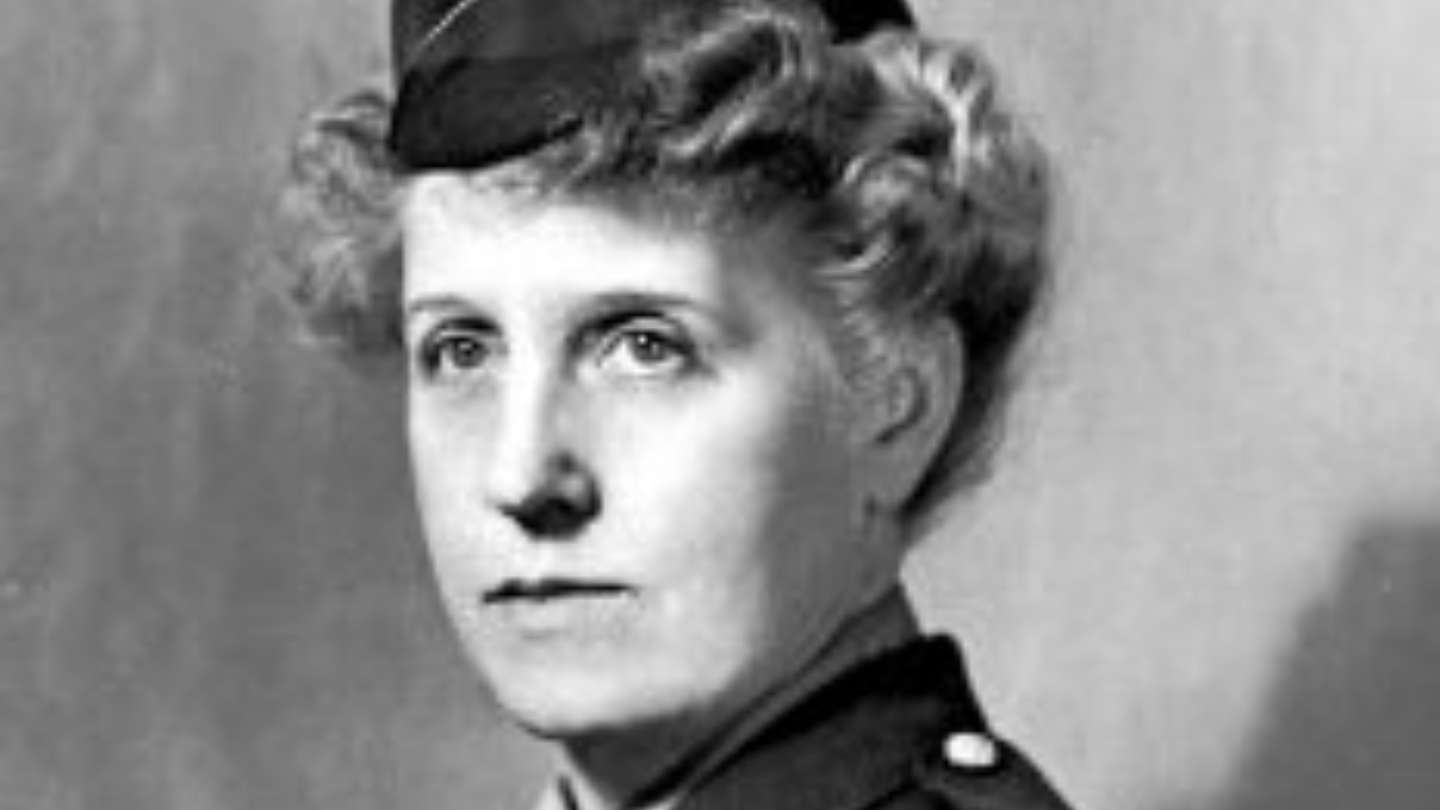On New Year’s Day in 1935, American reporter Sigrid Schultz witnessed raucous celebrations in Germany’s Black Forest. Shooting rifles into the air, the members of the fast-rising National Socialist party celebrated their leader’s rising hegemony over the German political landscape. Their leader was Adolf Hitler and they were Nazis.
Schultz recorded all she saw and sent it via telegram to her editor at The Chicago Tribune:
“…year two of Hitler’s Fuehrer Germany finds Germany comparable to a mass of cooling lava after a volcano eruption with some people getting burned and nobody certain where the lava will finally settle…”
Schultz had been the Chicago Tribune’s Central Europe Bureau chief for nearly ten years by that time—the first woman to hold the post in a major news organization. Her reputation for fair and fact-based reporting had gained her the trust of Hermann Göring, the man who would be Hitler’s second in command. It helped that she was a trained chef and gracious hostess who held dinner parties that lured her subjects and gained their trust. From this position of access, the journalist was to get inside information in order to report—and forewarn—of the Third Reich’s insatiable hunger for power and unquenchable thirst for violence that led, ultimately, to the Holocaust.
It was nothing short of remarkable that an American woman was allowed entry into the inner sanctum of the Nazi party. Sigrid Schultz had been born in Chicago and emigrated to Paris with her family at eight years old because her father, a Norwegian immigrant and an artist, had secured several commissions there. Her parents separated within a year and Schultz later wrote in an affidavit explaining her foreign residence that she only saw her father three more times. Her mother continued to live with her in Germany.

Demonstrating a natural aptitude for language, Schultz spoke English, French and German, her mother’s native language. She secured positions as a language teacher in Berlin during the First World War when, according to some sources, her mother fell ill and they could not return to America. When the Chicago Tribune was seeking multilingual in-country reporters, Schultz secured the job, rising to bureau chief by 1926.
Schultz at the age of 17, Courtesy of the Wisconsin Historical Society
But with the growing power of Hitler’s Nazi party, Schultz’ job became more dangerous. While she saw clear evidence of Hitler’s evil intentions for war and Jewish extermination she had to remain impersonal in order to maintain her position of access—especially after other Allied journalists had been expelled from Germany. Taking extreme risks, Schultz filed her most explosive and revealing reports under a pseudonym while traveling outside of Germany.
Göring came to suspect Schultz and was enraged by her intrepid reporting, calling her “that dragon from Chicago.” He had several attempts made on her life yet she outsmarted him every time. Realizing the escalating danger of her position, she sent her mother back to the United States to live in their Westport home in 1938. Eventually the reporter was forced to leave Germany after being injured in an Allied air raid. She recuperated in Spain but came to back to Westport recover further. Schultz attempted to re-enter Germany and resume her reporting but her visa was denied.
Sigrid Schultz lived in Westport for another forty years. From her home at 35 Elm Street, she continued to write tirelessly about antisemitism and the dangers of national extremism. Despite her remarkable achievements as an early female pioneer of investigative journalism, today few, even within the field, remember the name Sigrid Schultz. In partnership with the museum and other repositories of Schultz papers, Dr. David Milne at the University of East Anglia, is rediscovering the life of this remarkable woman for an official biography.
Yet, the reporter courts controversy from the grave as a group of amateur history enthusiasts have claimed to find proof that Schultz chose to hide the fact that she was Jewish based on a single ship’s manifest transporting Jewish refugees from Europe in 1936. Schultz’ mother Hedwig, who was sent back to America by her daughter, is listed among the ship’s “Hebrew” passengers with a ditto mark next to her name in the column indicating ethnicity. While tantalizing, it is a lone document among plentiful evidence to the contrary that has been amassed by Schultz scholars. The ditto mark was likely no more than an error by ship’s crew members and overlooked by immigration officers. In Westport, Hedwig was a regular church goer as indicated by her letters to Sigrid.
Regardless of her religious identification Sigrid Schultz was a fearless reporter and prescient observer of human nature. She was celebrated in Westport Museum’s exhibit Dragon Lady: The Life of Sigrid Schultz in 2021, and a free virtual component is available online at virtualhistorywestport.org.

